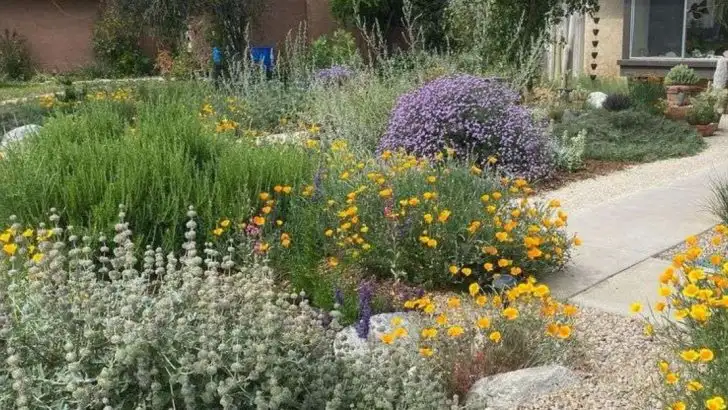When water is scarce, most plants struggle—but some herbs actually thrive. Even more surprising? Many of them develop stronger flavors when grown in dry conditions. Less water can mean more intense aroma, concentrated oils, and herbs that punch far above their weight in the kitchen.
These drought-tolerant herbs aren’t just resilient—they’re delicious. From tough Mediterranean natives to unexpected garden staples, these plants are perfectly suited for low-maintenance gardening. They save water, require less fuss, and reward you with bolder, richer taste.
In this article, we’ll explore 15 herbs that don’t just survive the heat—they get better because of it. Whether you’re gardening in a hot climate or simply want to grow smarter, these herbs prove that less can truly be more.
Rosemary
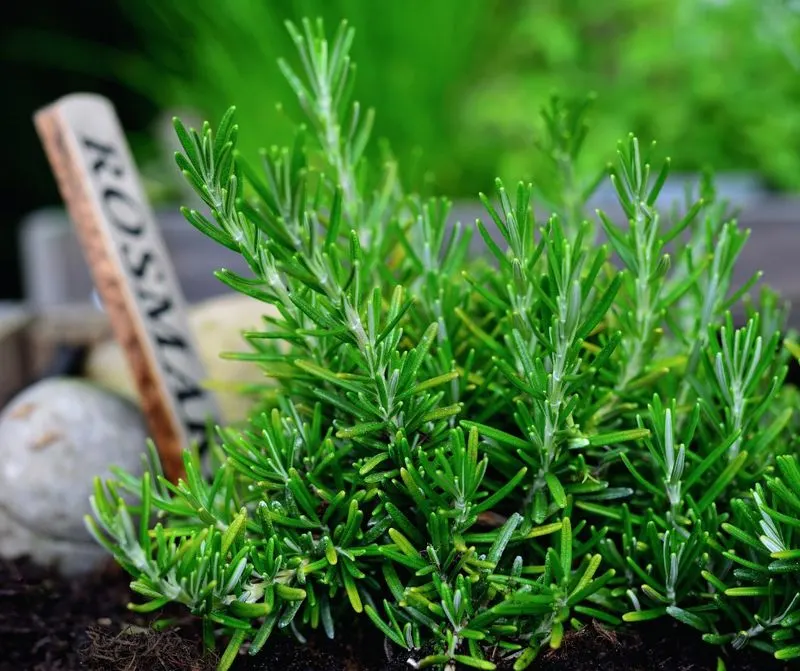
Known for its woody aroma and savory taste, rosemary thrives in dry conditions. This Mediterranean native doesn’t just survive with little water; it flourishes, providing a perfect complement to roasted meats and hearty stews. Rosemary’s resilience makes it a staple in drought-prone gardens. Interestingly, it’s often used in perfumes for its fragrant qualities. Curious chefs love experimenting with rosemary, as it adds depth to both sweet and savory dishes. Whether you’re infusing oils or crafting cocktails, this herb delivers robust flavor that stands out. Perfect for those looking to add a touch of the Mediterranean to their cooking.
Lavender
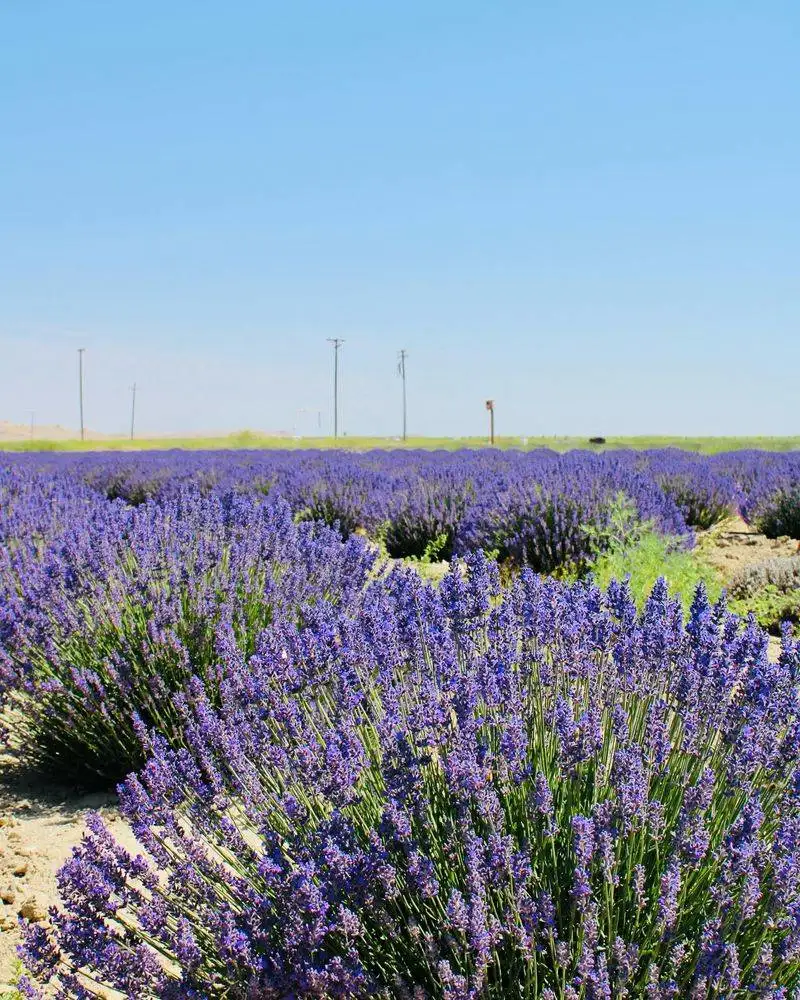
Lavender, with its calming scent and vibrant purple flowers, is more than just a pretty plant. It’s a culinary delight in dry gardens, adding a subtle floral note to cookies, teas, and even dressings. This herb loves sun-soaked environments, making it a favorite for those with less water to spare. Beyond the kitchen, lavender is celebrated for its soothing properties, often used in essential oils and aromatherapy. The plant’s history dates back to Roman times, where it was used in baths for its fragrance and purported healing properties. Lavender truly embodies beauty and versatility in drought conditions.
Sage
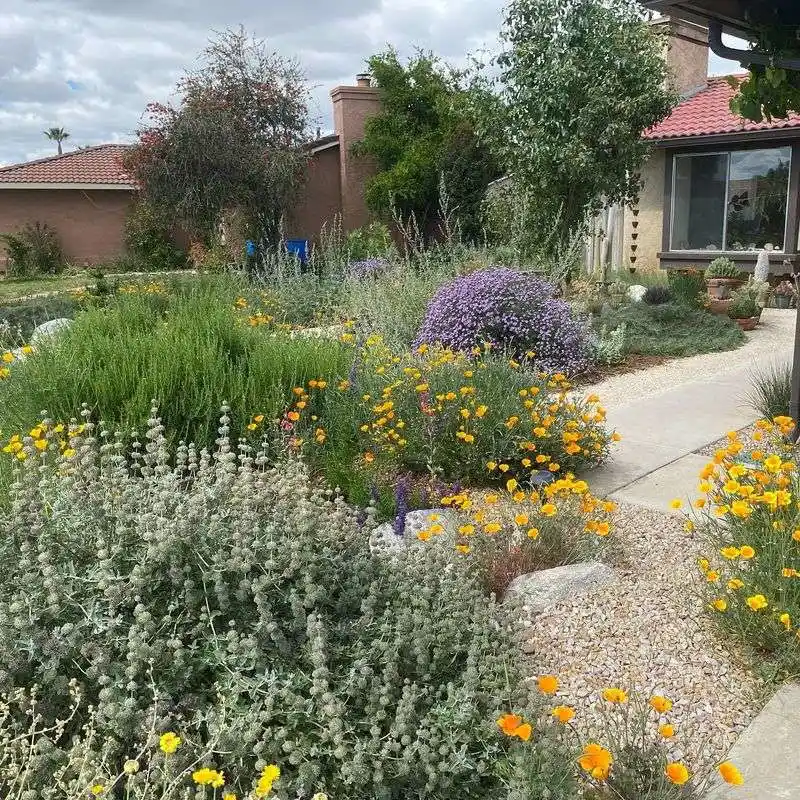
Sage offers a depth of flavor that pairs beautifully with rich dishes. Its soft, fuzzy leaves are a testament to its ability to thrive in arid conditions. Known for its earthy aroma, sage is often used in stuffing and poultry dishes. This herb holds a special place in history, revered by ancient civilizations for its healing properties. Today, gardeners cherish sage for its resilience and low water needs, making it a go-to for eco-friendly landscapes. Its ability to withstand drought while enhancing culinary creations makes sage an indispensable herb in the kitchen and garden alike.
Thyme
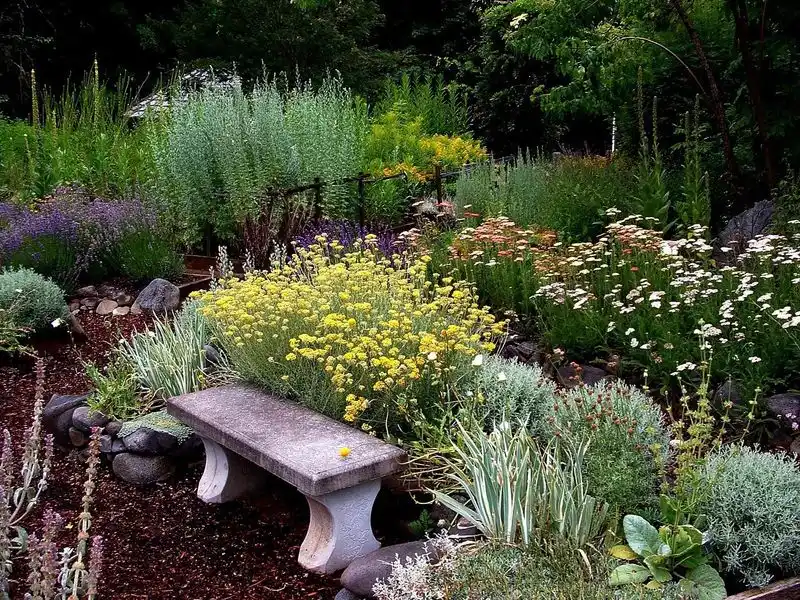
Small in stature but mighty in flavor, thyme is a cook’s best friend. This herb thrives in rocky, dry soils where others might struggle. Its tiny leaves pack a punch, infusing dishes with a subtle earthiness that complements a wide range of recipes. From soups to marinades, thyme is a versatile addition to any culinary repertoire. Its ability to thrive with minimal water makes it perfect for drought-tolerant gardens. In folklore, thyme was often associated with courage and strength, adding a touch of history to its culinary uses. An essential herb for any water-wise gardener.
Oregano

Oregano brings a touch of the Mediterranean to your garden with its bold, peppery flavor. This hardy herb flourishes in dry climates, making it a staple in water-conserving gardens. Often found in Italian and Greek dishes, oregano enhances the taste of pizza, pasta, and grilled meats. Its robust nature and low water needs have made it a favorite among chefs and gardeners alike. Historically, oregano was used for medicinal purposes, believed to have antibacterial properties. Today, it’s celebrated not only for its culinary contributions but also for its ability to withstand tough conditions.
Mint

Mint’s refreshing taste and aroma make it a delightful addition to both garden and kitchen, withstanding dry spells better than many might expect. Although associated with moisture, certain mint varieties thrive in less water, infusing beverages and dishes with cool, invigorating flavors. Gardeners appreciate mint’s tenacity, often needing to contain its spread. Historically, mint has been a symbol of hospitality and was used in ancient times for room freshening. Perfect for teas, salads, and desserts, mint’s drought tolerance might surprise those who only know it for its classic refreshing burst.
Bay Laurel
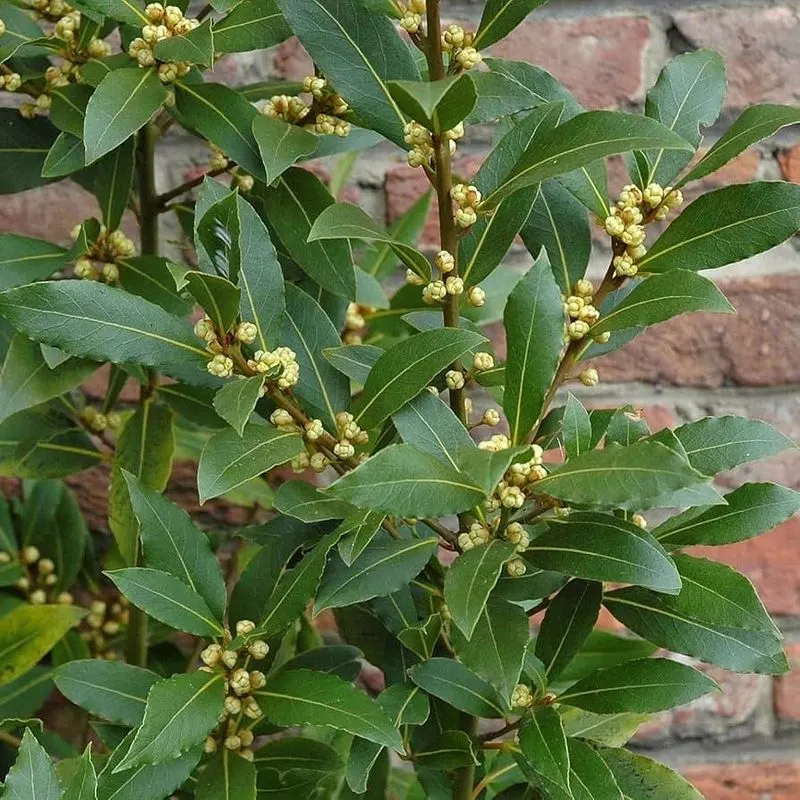
Bay laurel isn’t just for seasoning stews; it’s a resilient herb that can withstand dry conditions with ease. Known for its glossy, aromatic leaves, bay laurel adds depth to soups and sauces. This evergreen shrub is often grown for ornamental purposes as well, providing year-round greenery. Its historical significance is notable, as bay leaves were used to crown victors in ancient Rome. The ability to thrive with minimal water while offering a rich flavor profile makes bay laurel a valuable addition to any drought-tolerant garden, blending culinary heritage with gardening resilience.
Parsley
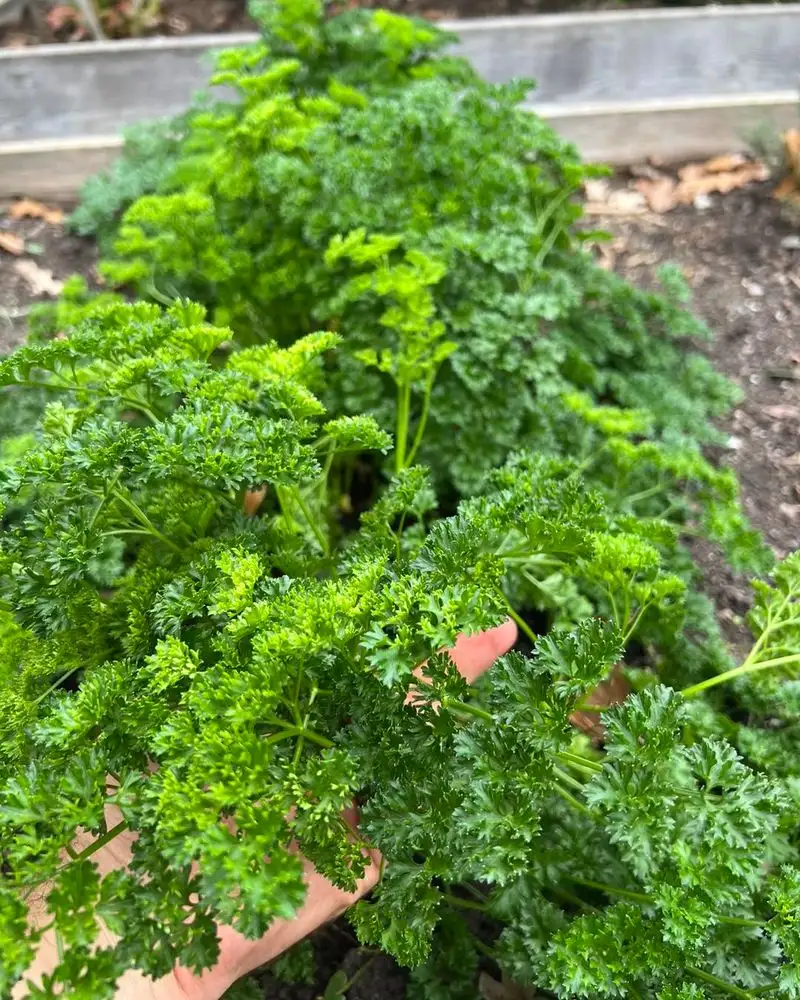
Often seen as just a garnish, parsley is a nutrient-rich herb that thrives in less than ideal water conditions. Its crisp, fresh flavor enhances a variety of dishes, from tabbouleh to chimichurri. Parsley’s resilience in dry environments surprises many, making it a practical choice for water-conscious gardeners. Rich in vitamins A and C, it’s not just tasty but healthy too. Historically, parsley was used by the ancient Greeks as a symbol of joy and festivity. Today, it’s appreciated for both its culinary versatility and its ability to grow with minimal watering.
Borage
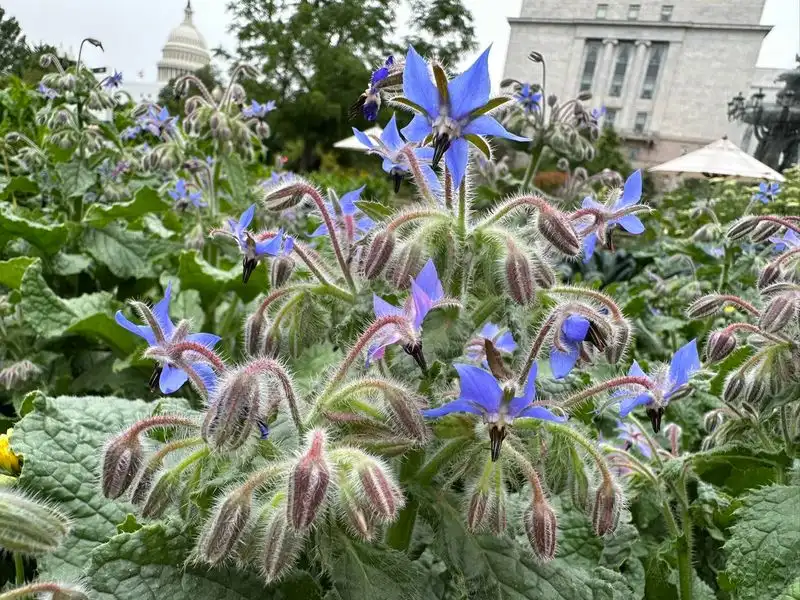
Borage, known for its striking blue flowers and cucumber-like taste, is more than just a pollinator’s favorite. This herb flourishes in dry gardens, attracting bees while providing a unique flavor to salads and drinks. Gardeners value borage for its drought tolerance and its ability to improve soil health. Historically used in herbal medicine, borage was believed to bring courage and comfort. Today, it’s appreciated for adding a refreshing twist to culinary creations. Its star-shaped blossoms and resilient nature make borage a standout in any garden focused on sustainability and flavor.
Tarragon
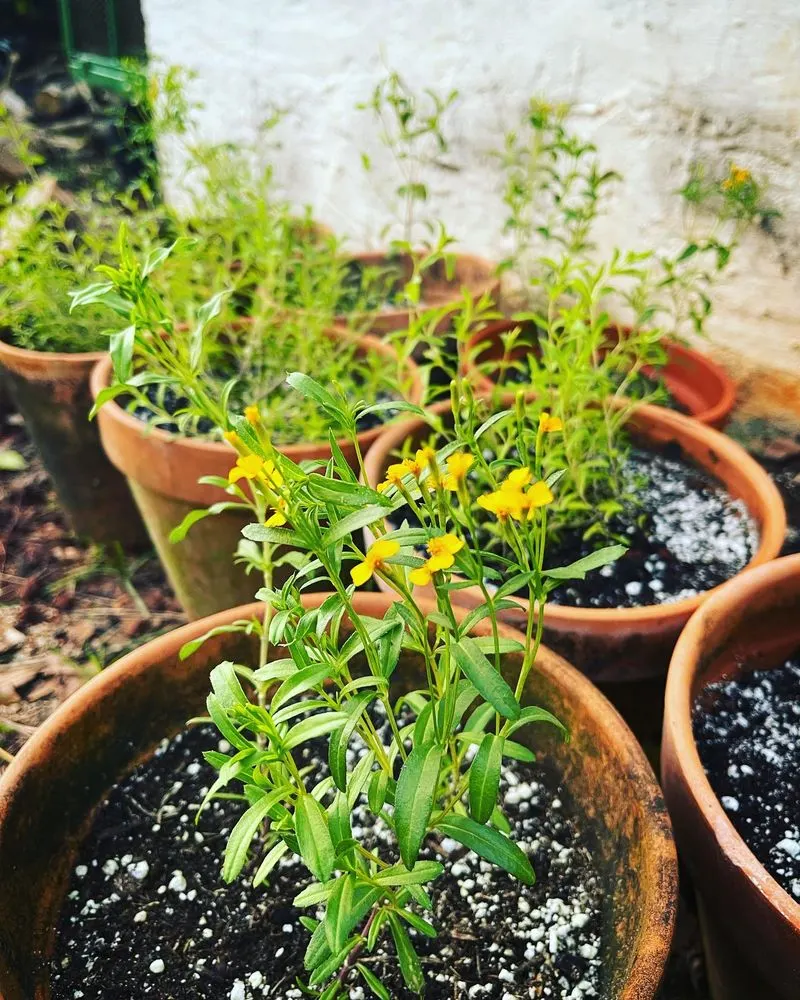
Tarragon, with its anise-like flavor, often surprises gardeners with its drought resilience. This perennial herb adds a sophisticated touch to sauces, dressings, and marinades. Its ability to thrive with minimal water makes it a go-to for dry gardens, where it provides a burst of flavor despite the sparse conditions. French chefs have long prized tarragon for its ability to elevate traditional dishes, making it a beloved choice for those seeking elegance in their cooking. Known as the “king of herbs” in France, tarragon’s robust flavor is matched by its hardy nature.
Lemon Balm
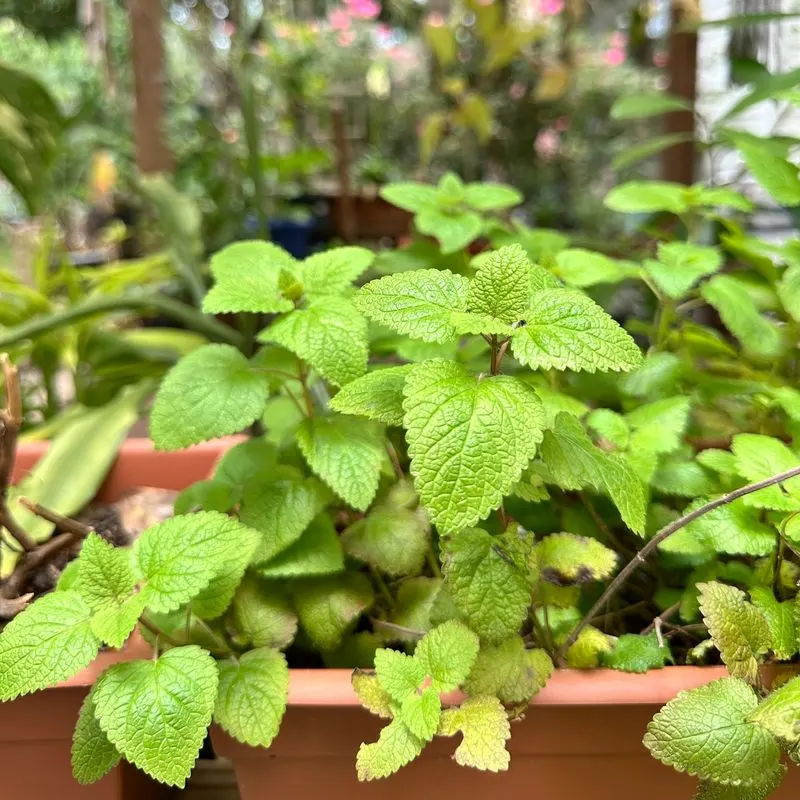
Lemon balm, with its gentle lemony scent, is a surprisingly drought-tolerant herb that brightens up any dish or garden. This herb thrives even in dry soils, offering a refreshing citrusy note to teas, desserts, and savory dishes. Beyond its culinary uses, lemon balm is valued for its calming effects, often used in teas for relaxation. Historically, it was cultivated in medieval gardens as a symbol of love and healing. Its ability to withstand dry conditions while delighting palates makes lemon balm a hidden gem for gardeners looking to conserve water without sacrificing flavor.
Marjoram
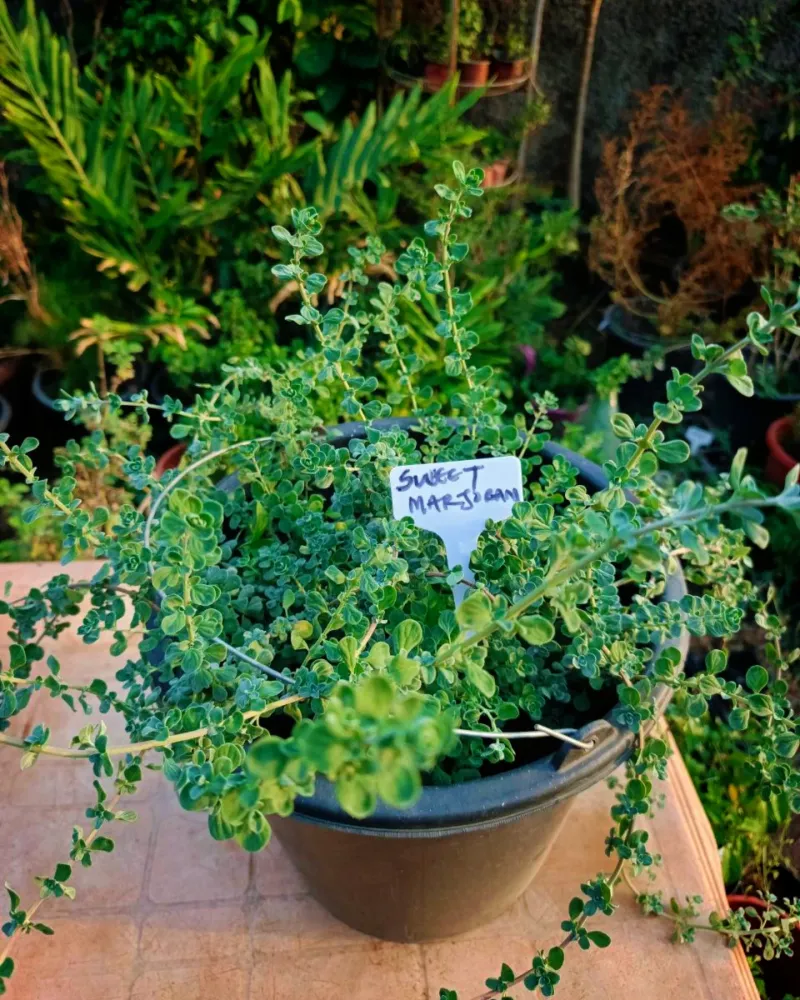
Marjoram offers a warm, sweet flavor that enhances many dishes, thriving where water is scarce. This cousin of oregano is milder, yet still packs a punch in culinary applications, from soups to salads. Gardeners appreciate marjoram’s ability to flourish in dry conditions, making it a staple in arid landscapes. Historically used in Greece for making fragrant wreaths, marjoram is also celebrated for its medicinal properties, often included in herbal remedies. Its unique flavor and hardiness make marjoram an invaluable herb, perfect for those wanting to add a touch of Mediterranean sunshine to their meals.
Basil
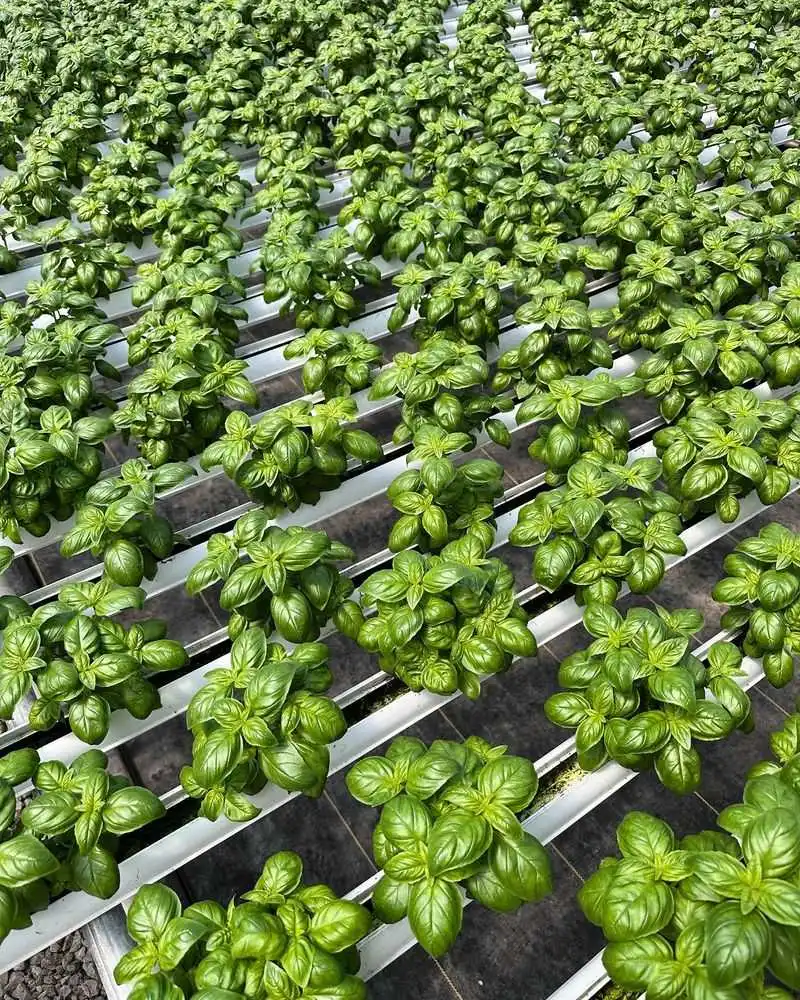
Basil, often associated with lush gardens, can surprise with its ability to withstand drier conditions. Certain varieties, like Greek basil, are particularly drought-tolerant, offering gardeners aromatic leaves without excessive watering. Its sweet, peppery flavor enhances countless dishes, from pesto to caprese salads. Beyond the kitchen, basil is steeped in lore; in ancient cultures, it symbolized love and protection. This herb proves that deliciousness doesn’t have to come at the expense of water, and its aromatic leaves bring a burst of flavor and history to any garden focused on conservation.
Chives
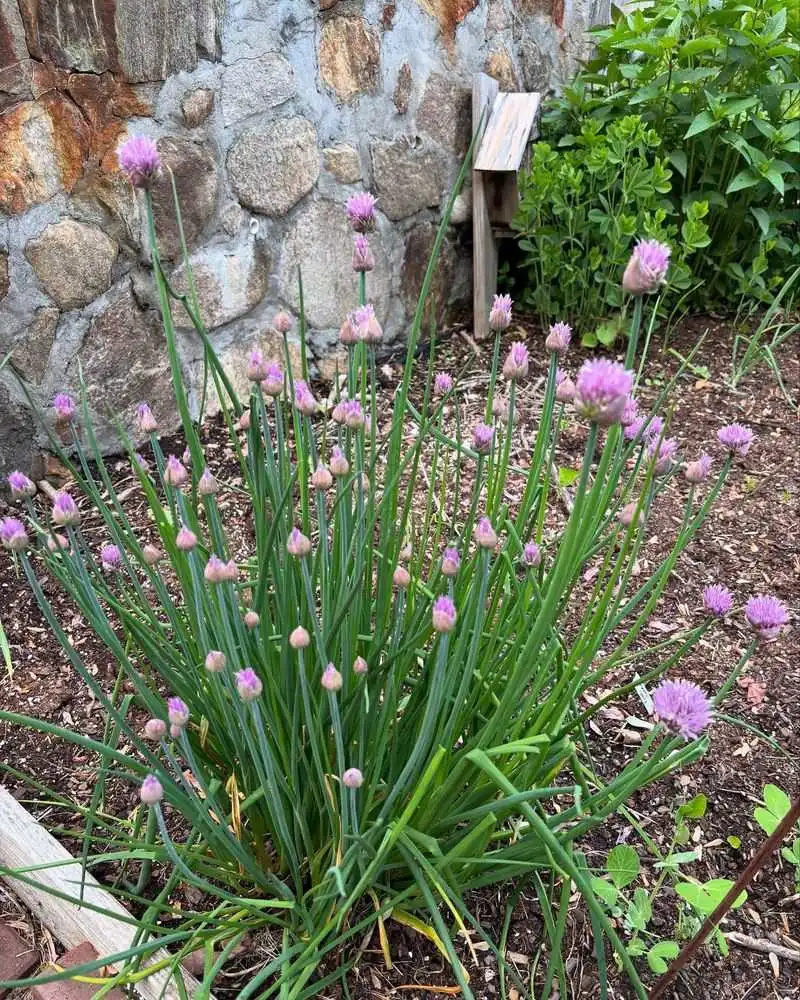
Chives, with their mild onion flavor, are a beloved addition to many kitchens, thriving even when water is scarce. These hardy perennials provide a fresh, subtle taste to dishes like omelets and soups. Known for their resilience, chives can flourish in dry soils, making them perfect for sustainable gardening. Historically, chives were used by the Romans for medicinal purposes, believed to aid in digestion. Their delicate lavender flowers not only add beauty to gardens but also attract pollinators. Chives’ ability to withstand drought while enhancing culinary creations makes them a garden favorite.
Cilantro
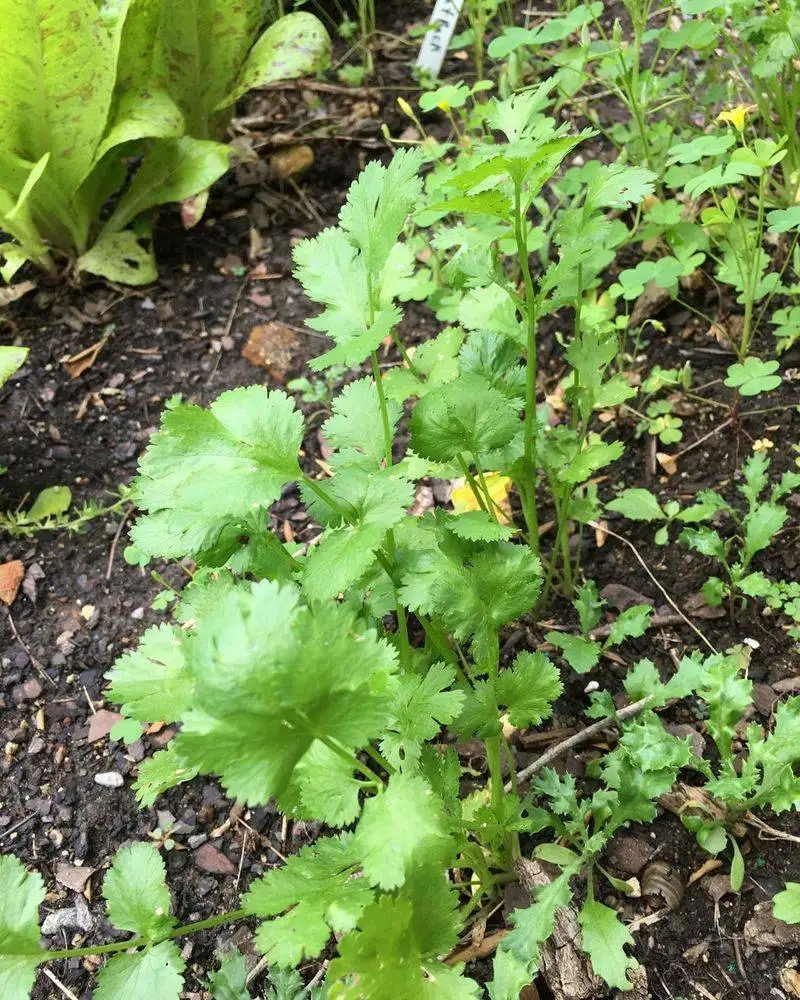
Cilantro, with its distinctive flavor, offers a refreshing twist to many dishes while thriving in dry conditions. This herb is beloved in cuisines around the world, from Mexican salsas to Indian chutneys. Surprisingly drought-tolerant, cilantro can grow with less water, making it a valuable addition to water-conscious gardens. Known for its versatility, cilantro’s bright taste can transform simple recipes into exciting culinary experiences. Historically, cilantro was used in ancient Egyptian cuisine and medicine, highlighting its longstanding global appeal. Its ability to thrive with minimal resources makes cilantro a wise choice for eco-friendly gardening.

